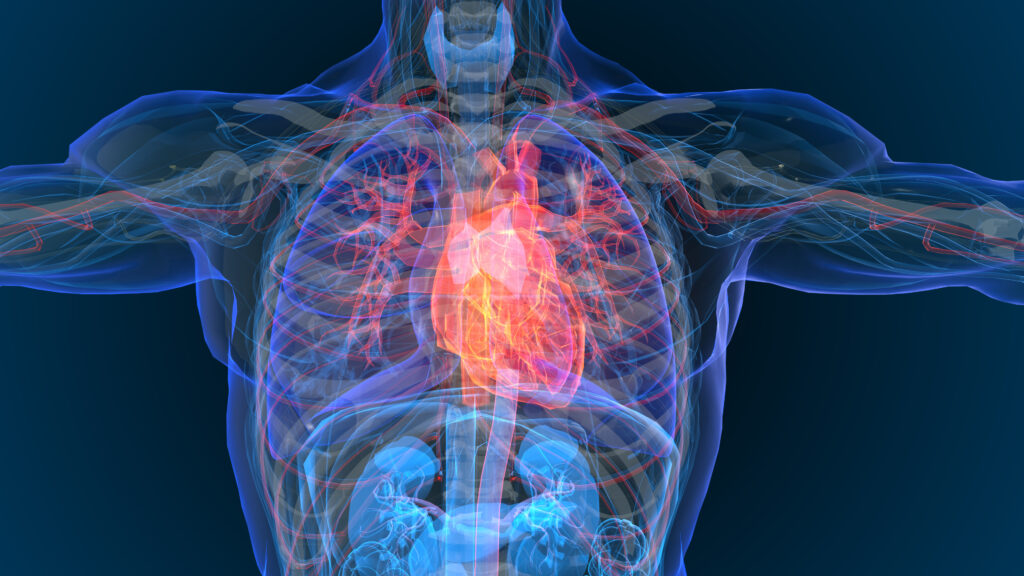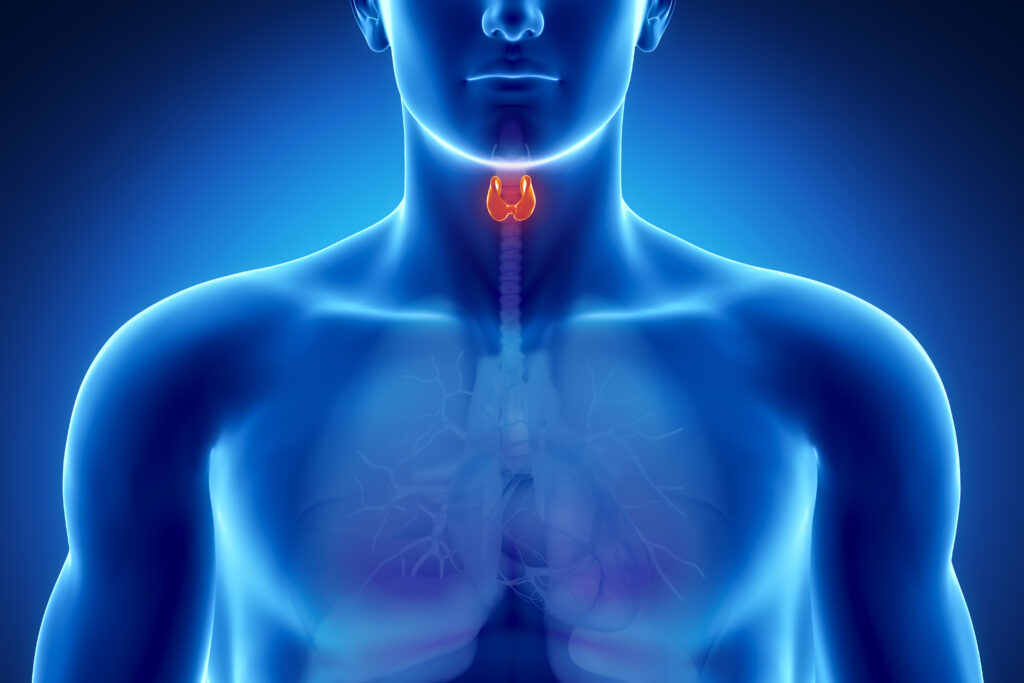Questions remain unanswered concerning differentiated-thyroid carcinoma
• What is the role and optimal extent of surgery?
• What is the role of adjuvant therapy?
• What is the role of thyroid hormone therapy?
• What is the optimal monitoring therapy?
Questions remain unanswered concerning differentiated-thyroid carcinoma
• What is the role and optimal extent of surgery?
• What is the role of adjuvant therapy?
• What is the role of thyroid hormone therapy?
• What is the optimal monitoring therapy?
There is increasing international recognition of the need for changing and agreeing upon strategies for these patients, and the aim of this review is to look into the evidence relating to some of these matters Topics relate to the choice of method for measuring serum Tg, how to assess nterference of Tg autoantibodies (TgAbs), how to manage patients who have these TgAbs, whether or not to perform whole body scan (wbs), using iodide-131 (131I), routinely and how to suppress serum thyrotropin (TSH).
Types, Epidemiology and Prevalence of Thyroid Cancer
The histological types of thyroid cancer include the most frequent differentiated forms – papillary and follicular cancers (DTC) – as well as the less prevalent types: anaplastic, medullary, lymphomas and other rare types The incidence of thyroid carcinoma is, in most populations, 20-50 per million inhabitants, but the mortality rate in the US, for example, is only five per million inhabitants, and therefore any population has an accumulation of survivors after treatment for DTC. The papillary cancers are usually less aggressive than the follicular ones, the former metastasising to neck lymph nodes, whereas the follicular cancers often develop distant metastases. The ratio between these two types (papillary/follicular) depends on the iodine ntake of the population, with the less aggressive papillary cancers appearing at a higher rate in iodine sufficient areas compared with areas of iodine nsufficiency. The overall cancer prevalence is probably not higher in areas of iodine deficiency, although this is debatable. An increased prevalence is noted after the thyroid glands of children have been exposed to radiation The childhood thyroid carcinomas seen in Chernobyl, for example, have commonly been the papillary type, but with a more aggressive variation Data from large cohorts of patients and long-term follow-up comes mainly from the US, finding 40-year relative survival rates of papillary and follicular cancer at 94 and 84%, respectively. The corresponding recurrence rates were about 35%, two-thirds of which occurred within the first decade. Cancer mortality from DTC with local recurrence was about 12%, and with distant recurrence about 43% Therapy and Prediction of Recurrence in Thyroid Cancer
Consequently, the general survival rate of patients with DTC is very high provided treatment is instituted early. The population of survivors has changed due mainly to an earlier primary treatment, and thus strategies presented in the past based on the majority of patients with advanced disease do not apply anymore. Patients are at different risk of recurrence depending on prognostic factors such as age, sex, size of the tumour, stage and histological type. Considering that one-third of recurrences occur after the first decade, and up to 30-40 years after initial apparently successful therapy, and the recurrence/metastases are most often treatable by 131I, a careful follow-up of these patients is pertinent Much controversy surrounds the matter of surgical treatment (see Table 1), most often, though, performed as total thyroidectomy with or without ablation of the remnant with 131I. A more conservative surgica approach (lobectomy+isthmusectomy) has been advocated by some for DTC patients at low risk and with a good a priori prognosis, in particular in patients with papillary microcarcinoma (<1cm) and small (<4cm) minimally invasive follicular thyroid cancers.
Such conservative therapy may, however, have an implication for the efficiency of the follow-up and should be discussed with the patient.1-3,7-9 Equally controversial is the treatment with levothyroxine (L-thyroxne) after surgery with or without ablation. In the past, when TSH measurements were not sufficiently sensitive to distinguish those with hyperthyroidism from those without, the strategy was to suppress TSH to undetectable levels in order to avoid any growth promotion of remaining cancerous cells. This must, however, be considered an obsolete approach with the development of TSH methods able to discriminate hyperthyroid patients from norma controls, and since it has never been proved that complete suppression of TSH is necessary for a favourable survival in patients with low-risk DTC. On the contrary, data from a National Thyroid Cancer Treatment Co-operative Study in the US did not support the concept that suppressing TSH to undetectable, thyrotoxic ranges was required to prevent disease progression. There is an increasing awareness of possible long-term damaging effects – in terms of cardiac arrythmias, cardiovascular deaths and osteoporosis – if survivors are treated life-long to a mild to moderate hyperthyroidism; this is particularly important in post-menopausal women As a practical matter, the most appropriate L-thyroxine dose is that which reduces the serum TSH to just below the lower limit of the normal range for the assay being used (typically 0.1-0.4 mU/l).6 Thyroglobulin Measurements
Tg is almost the ideal tumour marker for DTC since it is produced and released only from thyroid cells, and it is measurable in serum with high precision and sensitivity. There are, however, a number of caveats in the nterpretation of serum Tg values during follow-up of patients with thyroid carcinomas (see Table 2). Tg is produced in the thyroid gland proportional to the size of the gland and the functional state. It is stimulated physiologically by TSH and is therefore elevated during hyperthyroidism, but also initially in partly compensated or subclinical hypothyrodism or any other situation with a high glandular turnover and borderline or overt insufficient thyroid hormone production. Tg is stored with the thyroid hormones within the colloid and is released in large quantities when the thyroid is undergoing destruction such as in thyroiditis, radio-iodine therapy and surgery Serum Tg levels should be undetectable if a patient with DTC has had a total thyroidectomy performed, in which case persistence or reappearance of Tg indicates recurrence. The values after lobectomy are only about half that of a normal person with an intact gland, and therefore the prediction of relapse from serum Tg measurements is much poorer in those patients. At the same time, prediction from wbs is low, since the remaining lobe will take up the majority of the 131I.
The follow-up strategy for these patients is therefore still not quite clear. Recent studies have found neck ultrasonography valuable.7–9 The usefulness of serum Tg measurements in routine clinical practice depends on how they are interpreted. Serum Tg can be assessed correctly only in TgAb-negative sera. These auto-antibodies are present in approximately 25% of patients with DTC compared with about 10% in the general population. Recently, the National Academy of Clinical Biochemistry (NACB) presented internationally accepted guidelines for the use of serum Tg and TgAb from both an analytical and clinical point of view.10
Two principally different Tg methods are used
• Immunometric methods where presence of TgAb may artificially lower the Tg concentration. Undetectable serum Tg results therefore cannot be used to indicate the absence of tumour in a TgAb-positive serum sample. A detectable Tg indicates that Tg is present, but the concentration may be underestimated
• Radioimmunoassay (RIA) values may be either falsely low or falsely high in presence of TgAb. Detectable serum Tg results by RIA should therefore not be the sole factor in determining the presence of residual tumour or recurrence Presence of TgAb should be measured by a very sensitive method as even
|
Table 1: Rationales for Initial Surgical Management |
| For bilateral surgery: |
| -Multifocal disease |
| -Bilateral recurrences |
| -Facilitates 131I for treatment |
| -Facilitates serum Tg for monitoring |
| For unilateral surgery: |
| -Low risk of death |
| -Lack of survival benefit |
| -Fewer surgical complications |
|
Table 2: Factors Influencing the Use and Interpretation of SerumThyroglobulin as Tumour Marker |
| -Ablative procedure (total vs non-total) |
| -Substitution therapy |
| -Adequacy of substitution (NB: TSH) |
| -Time after destructive therapy (surgery, radioiodine) |
| -Presence of TgAb |
| -Methods for Tg and TgAb |
very low levels may induce false results. Measurements of TgAb should be performed in every single sample, and the sole use of Tg recovery as evidence for interference from TgAb as recommended by some manufacturers cannot be advised. Cut-off levels for serum Tg values to be used as indicator of recurrence depend on the particular assay (including its calibrator, which should be CRM 457), but is typically 1–2jxg/l (but only in patients who have had a complete thyroid ablation) The functional assay sensitivity should be below 1 jxg/l. The first serum Tg value while on L-thyroxine replacement after surgery is usually a good prognosticator, although the Tg may remain detectable for up to one year after treatment before becoming undetectable.6,11
The first serum Tg is recommended after six months due to the gradua destruction of the remnant after radioablation and the half-life of Tg Thereafter, serum Tg should be measured during stimulation with TSH either by L-thyroxine withdrawal or rhTSH stimulation, which lowers the false negative rate well below that of wbs. Stimulation through use of rhTSH consists of 0.9mg injections of rhTSH 96 and 72 hours prior to measurement of serum Tg The disadvantage of rhTSH is the expense for the clinic and/or the health authorities, but the overall calculation shows a very good cost effectiveness when also considering the economic burden of work absenteeism. Furthermore, if routine performance of wbs in long-term management can be reduced (see below), even the financial outcome becomes very much in favour of using rhTSH Recent results demonstrate that measurement of serum Tg after stimulation with rhTSH12,13 and neck ultrasound are superior to wbs in long-term follow-up of patients with low-risk DTC. A new algorithm can therefore be advised in these patients (see Figure 1). It must, however, be recognised that this algorithm is not useful in case of more limited ablation of the thyroid gland, the presence of TgAb in serum and high-risk patients. The new guidelines1-3 advocate a clinical assessment of patients every three months of the first year, and measurement of serum Tg during replacement six and 12 months after initial therapy. Thereafter, rhTSH- stimulated Tg (and TgAb) and neck ultrasound should be performed yearly. Furthermore, wbs should be performed yearly until two negative scans; thereafter, wbs is no longer necessary unless serum Tg becomes detectable and/or neck ultrasound positive
* Patients who had only a lobectomy and high-risk patients cannot follow this algorithm.
** NB: TgAb-positive patients can give unpredictable results of serum Tg.
Conclusion from the European Consensus Paper3
• In patients with low-risk DTC with no evidence of disease up to six- to 12-month follow-up, diagnostic wbs adds no information when Tg is undetectable, and interference from anti-Tg antibodies is absent
• Use of rhTSH to aid Tg measurement is effective and provides greater safety, quality of life and work productivity than does L-thyroxine withdrawal with its attendant hypothyroidism
• Ultrasonography performed by an experienced operator is the most sensitive means of detecting neck recurrence of DTC
What Is the Optimal Follow-up Strategy for Patients with Papillary Thyroid Microcarcinoma?
It is not very well evidenced whether this strategy could also be exploited in individuals retaining small thyroid remnants, such as very low-risk patients with papillary thyroid microcarcinomas (PTMC), where the present initial treatment strategy advises a more conservative approach than total ablation. A recent study by Torlontano et al.7 applied the previously mentioned guideline strategies to 80 patients with PMTC who had not received radio-iodine ablation therapy after total thyroidectomy. The results demonstrated that the procedure was not applicable to these patients because the stimulated serum Tg level was related to the presence of a thyroid remnant rather than indicating relapse.
Even though the study group contained very few patients with lymph node metastases, the conclusion seems correct, and it was also to be expected when put in context with very early results from the 1970s and 1980s of serum Tg measurements in such patients Torlontano et al.7 also found evidence that neck ultrasound was a sensitive tool to detect lymph node metastases, whereas wbs was redundant. Their study is thus a very important and necessary contribution to compiling future guidelines for all low-risk patients with differentiated thyroid carcinoma, where it now seems that only patients who have had total thyroid ablation should be followed with early stimulated serum Tg measurement, and wbs can be omitted. Thereafter, patients free of disease can move from suppression to substitution dose of levothyroxine and all patients with PTMC should subsequently be followed annually with neck ultrasound.7,9
How Can This Affect Clinical Practice?
The results by Torlontano et al.7 indicate that all low-risk patients with PTMC should be followed with neck ultrasound. Early stimulated Tg measurement and wbs can be omitted in patients who have not had a total thyroid ablation. The findings of this study together with the recently published international guidelines have brought clinicians a step further to evidence-based cost-effective management of patients with DTC
Conclusions
The dramatic change both in the spectrum of patients with DTC, since diagnosis and treatment is performed much earlier, and in the strategy for the management of these patients with DTC, has urged the need for multidisciplinary collaboration, since the field now not only needs contributions from surgery, pathology, radiotherapy and nuclear medicine, but also from medical endocrinology, ultrasound and clinica bioch
mistry. The appearance of new international guidelines1,2,8 and national strategies3,4 are examples of such approaches, which will undoubtedly become more widespread in the future. ?













